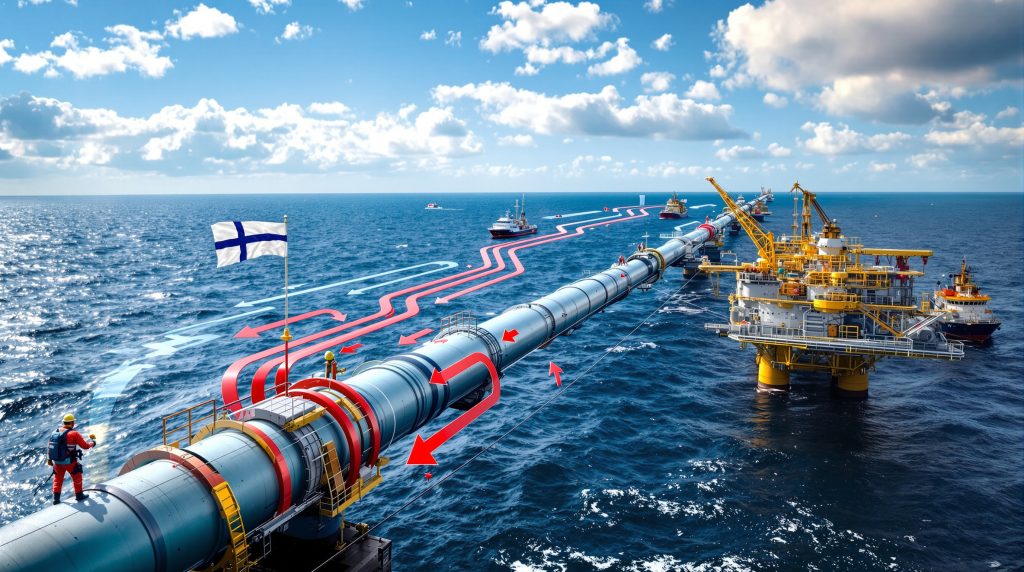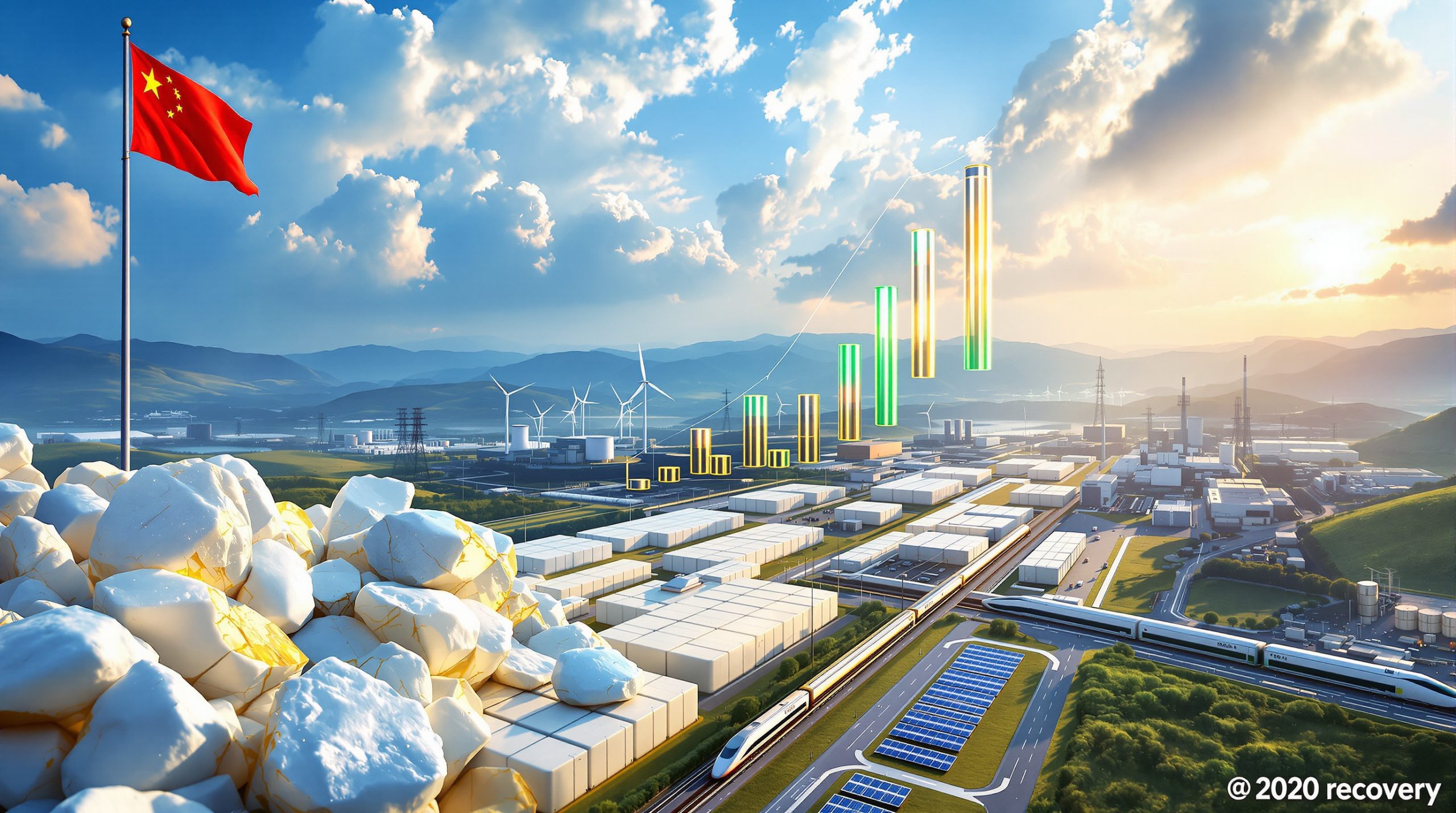Norway Begins Peak Gas Pipeline Maintenance: European Energy Impacts
Norway's annual gas pipeline maintenance season represents a critical period for European energy markets. This scheduled maintenance, which began in late August 2025, involves comprehensive inspections and repairs of Norway's extensive natural gas infrastructure network. During this period, gas flows from Norway to Europe are significantly reduced, creating potential supply challenges as the continent prepares for winter demand.
The maintenance program affects multiple components of Norway's gas export system, including offshore production platforms, subsea pipeline networks, gas processing facilities, and onshore terminals and compressor stations.
This systematic approach ensures the reliability and safety of Norway's gas export infrastructure before the high-demand winter season begins.
How Much Gas Supply Is Affected During Maintenance?
The current maintenance activities have created a substantial temporary reduction in Norway's gas export capacity:
| Metric | Normal Operations | During Peak Maintenance | Reduction |
|---|---|---|---|
| Daily Gas Exports | ~340 million cubic meters | ~255 million cubic meters | ~25% |
| Unavailable Capacity | Minimal | ~120 million cubic meters/day | Significant |
| Expected Duration | N/A | Until mid-September 2025 | ~2-3 weeks |
These reductions represent approximately one-third of Norway's typical gas export capacity during the maintenance period. The most significant impacts are observed at key facilities including the Troll gas field (Norway's largest), Kollsnes processing plant, and various compression and transportation infrastructure.
Why Is Norwegian Gas Maintenance Critical For European Energy Security?
Norway's position as Europe's largest gas supplier makes this maintenance period particularly consequential for European energy markets:
Norway's Role in European Gas Supply
- Supplies approximately 30% of the EU's natural gas imports
- Replaced Russia as Europe's primary gas supplier following 2022 geopolitical disruptions
- Provides critical baseload supply through its 8,800-kilometer pipeline network
- Directly connects to multiple European countries including Germany, Belgium, France, Britain, and Denmark
Strategic Timing of Maintenance Activities
The April-to-September maintenance window is strategically planned to:
- Minimize disruption during lower-demand summer months
- Complete all necessary work before winter heating season begins
- Ensure system reliability during peak consumption periods (October-March)
- Coordinate with other European energy infrastructure maintenance schedules
This careful planning helps maintain European energy security despite temporary reductions in supply capacity. Furthermore, the timing aligns with Canada's energy transition efforts, as both nations work to balance immediate energy needs with long-term sustainability goals.
Who Manages Norway's Gas Pipeline Maintenance?
The maintenance operations are coordinated and overseen by Gassco, Norway's state-owned gas system operator. Gassco's responsibilities include:
- Managing the 8,800-kilometer pipeline network
- Coordinating maintenance schedules across multiple facilities
- Ensuring transparent communication with European gas markets
- Minimizing supply disruptions while maximizing system reliability
- Balancing operational needs with market stability concerns
Gassco works closely with facility operators, including Equinor (Norway's largest energy company), to implement a comprehensive maintenance program that addresses both immediate operational needs and long-term infrastructure reliability. According to Norwegian gas system operators, this year's maintenance efforts have been intensified compared to previous seasons.
What Market Impacts Result From Norwegian Gas Maintenance?
The annual maintenance period creates several notable market dynamics:
Anticipated Market Effects
- Temporary reduction in gas flows to European markets
- Potential price volatility, particularly if maintenance extends beyond schedule
- Increased reliance on alternative supply sources (LNG imports, storage withdrawals)
- Strategic planning by large industrial consumers to manage potential supply constraints
Price Implications
Most market participants have already factored the scheduled maintenance into current pricing models. However, several risk factors could create additional market volatility:
- Unplanned extensions to maintenance schedules
- Technical complications during restart procedures
- Overlapping maintenance at other European gas infrastructure
- Early cold weather increasing demand before maintenance completion
Energy analysts recommend avoiding contract signings during peak maintenance months (August and September) due to these heightened volatility risks. The oil price impacts often correlate with natural gas market movements during these maintenance periods, creating complex trading conditions.
How Does Norway's Maintenance Schedule Affect Different European Countries?
The impact of Norway's gas maintenance varies significantly across different European markets:
Germany
- Most directly affected due to high dependency on Norwegian pipeline gas
- Limited alternative pipeline suppliers following reduction in Russian imports
- Increased reliance on LNG terminals during maintenance periods
- Strategic gas storage management to offset temporary supply reductions
United Kingdom
- Direct pipeline connections to Norwegian gas fields
- Flexible supply options through LNG import terminals
- Historically strong trading relationship with Norwegian gas suppliers
- Coordinated maintenance planning between UK and Norwegian operators
France, Belgium, and Netherlands
- Connected to Norwegian gas through the continental pipeline network
- Diversified supply options including LNG and storage
- Sophisticated gas trading markets that can respond to temporary constraints
- Industrial users with fuel-switching capabilities during supply reductions
This differentiated impact highlights the interconnected nature of European gas markets and the importance of coordinated maintenance planning. Additionally, the US natural gas forecast becomes increasingly relevant as European buyers seek alternative supplies during maintenance periods.
What Long-Term Challenges Face Norway's Gas Infrastructure?
While the current maintenance program addresses immediate operational needs, Norway's gas infrastructure faces several long-term challenges:
Aging Infrastructure Concerns
- Many key facilities approaching design lifespans
- Increasing maintenance requirements as systems age
- Growing technical complexity of repair operations
- Rising costs associated with infrastructure maintenance
Production Decline Projections
- Natural decline in Norway's gas production expected in coming decades
- Shifting investment priorities toward renewable energy
- Challenges in maintaining export capacity as fields mature
- Strategic decisions about infrastructure life extension versus decommissioning
These long-term challenges highlight the importance of current maintenance activities in extending the reliable operational life of Norway's gas export infrastructure. In response, many Norwegian energy companies are exploring renewable energy solutions to diversify their portfolios as traditional gas production faces gradual decline.
How Should Energy Consumers Prepare For Maintenance Periods?
For energy consumers and market participants, Norway's maintenance season requires strategic preparation:
Recommended Actions for Market Participants
- Monitor maintenance schedules closely through Gassco's transparency platforms
- Develop supply contingency plans for potential maintenance extensions
- Consider alternative supply sources during peak maintenance periods
- Avoid major contract signings during August and September
- Maintain adequate storage levels to buffer against supply fluctuations
- Implement flexible consumption strategies for large industrial users
These preparatory measures can help mitigate the impact of temporary supply reductions during maintenance periods. According to Reuters' energy analysis, the preparation for "heavy-duty winter" operations requires these maintenance activities despite their short-term market impacts.
What Is The Future Outlook For Norwegian Gas Maintenance?
Looking ahead, several factors will shape the future of Norway's gas maintenance programs:
Evolving Maintenance Strategies
- Increasing use of digital monitoring and predictive maintenance
- Development of more efficient inspection technologies
- Potential for shorter but more frequent maintenance windows
- Greater coordination with European-wide maintenance planning
Balancing Maintenance With Energy Transition
- Continued importance of gas infrastructure during energy transition
- Strategic decisions about infrastructure investment versus decommissioning
- Integration of hydrogen readiness into maintenance planning
- Evolving regulatory requirements for infrastructure operators
These forward-looking considerations will influence how Norway manages its critical gas export infrastructure in coming years. The current OPEC production outlook also affects how natural gas markets respond to maintenance-related supply disruptions, creating complex interdependencies across global energy markets.
FAQ: Norway's Gas Pipeline Maintenance
When will Norway's current gas maintenance period end?
The current peak maintenance period is expected to continue until mid-September 2025, with gas flows gradually returning to normal levels as systems are brought back online.
Does maintenance affect all Norwegian gas fields equally?
No, the impact varies by field and facility. The largest reductions typically occur at major fields like Troll and processing plants like Kollsnes.
Are maintenance schedules publicly available?
Yes, Gassco provides transparency through public maintenance schedules and capacity notifications on their platforms.
How do European gas storage levels affect the impact of maintenance?
Higher storage levels provide a buffer against temporary supply reductions, reducing market sensitivity to maintenance activities.
Could maintenance be extended beyond the scheduled timeframe?
While extensions are possible due to technical complications, Gassco works to minimize such disruptions given their market impact.
How does Norway's maintenance compare to other gas-producing regions?
Norway's maintenance is generally well-coordinated and transparent compared to many other producing regions, allowing markets to prepare accordingly.
Want to Invest Ahead of Major Mineral Discoveries?
Discovery Alert's proprietary Discovery IQ model provides real-time notifications when significant mineral discoveries are announced on the ASX, giving you a crucial market advantage. Explore how historic discoveries have generated substantial returns by visiting our dedicated discoveries page and begin your 30-day free trial today.




